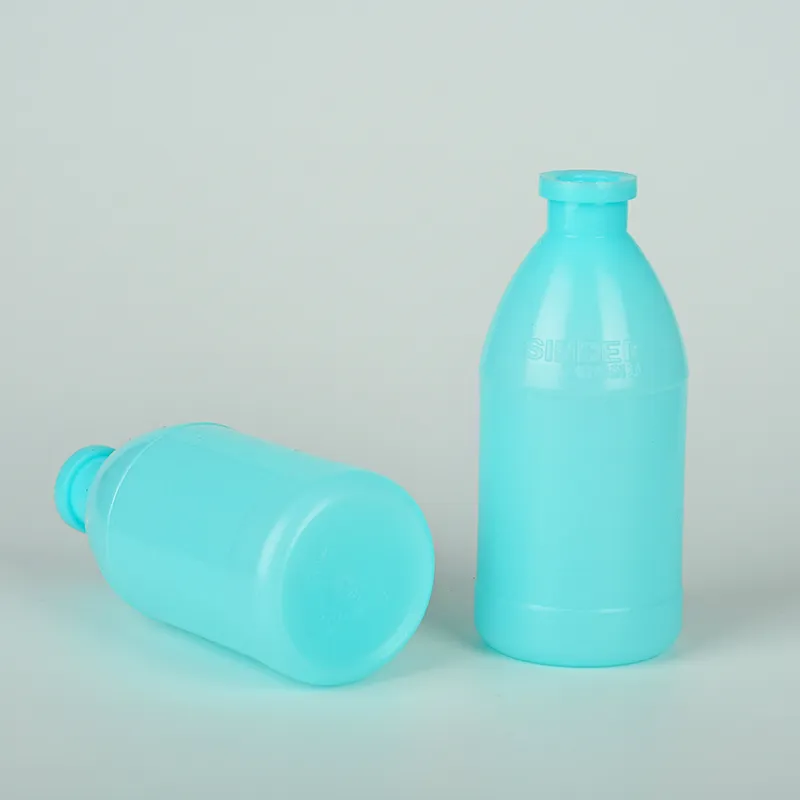Capillary Blood Tubes for Efficient Sample Collection and Analysis in Medical Settings
Understanding Capillary Blood Tubes A Crucial Tool in Modern Diagnostics
Capillary blood tubes are essential instruments in the field of clinical diagnostics and laboratory medicine. These small, specialized tubes are designed for the collection and analysis of blood samples from patients, and they play a vital role in various medical procedures. Understanding the significance of capillary blood tubes involves examining their design, usage, advantages, and impact on patient care.
The Design of Capillary Blood Tubes
Capillary blood tubes are usually made of glass or plastic and are characterized by their narrow diameter. This design allows for the efficient collection of small blood volumes, which is particularly useful in pediatric care where patients often have limited blood volume. The tubes may come with various additives that preserve the blood sample for specific tests; for example, heparinized tubes are used for tests requiring plasma, while EDTA tubes are commonly utilized in complete blood count (CBC) tests.
Moreover, these tubes can vary in size—from 20 µL to 1 mL—allowing healthcare professionals to select the most appropriate volume based on the tests required and the patient’s condition. Their design also includes features like color-coded caps, making it easier for laboratory personnel to quickly identify the type of additive contained within each tube.
Usage of Capillary Blood Tubes
Capillary blood tubes are predominantly used for collecting blood through a minimally invasive process. The blood can be obtained via a fingerstick or heelstick, primarily in neonates. This method reduces discomfort and anxiety for patients—particularly those who may be fearful of venipuncture. Once the blood is drawn into the capillary tube, it can be transported to a laboratory for various analyses, including blood tests for glucose levels, hemoglobin, electrolyte balance, and more.
capillary blood tubes

In addition to routine blood tests, capillary blood samples are particularly beneficial in point-of-care testing. This means that healthcare professionals can perform diagnostic tests at or near the site of patient care, leading to quicker results and informed decision-making. Point-of-care diagnostics facilitated by capillary blood tubes are crucial in emergency settings, rural healthcare, and during home healthcare services.
Advantages of Capillary Blood Tubes
One of the significant advantages of capillary blood tubes is their ability to minimize bruising and tissue trauma, which can occur with larger needles used in venipuncture. This is especially advantageous in pediatric patients, where the risk of complications from conventional blood draws is heightened.
Moreover, capillary blood samples require smaller volumes of blood, making them safer for vulnerable populations, including infants and those with chronic illnesses. The ease of collection can also help in reducing the time spent in waiting rooms, leading to a more streamlined patient experience.
Impact on Patient Care
The use of capillary blood tubes has revolutionized the approach to diagnostics, enabling rapid and efficient testing while ensuring patient comfort. In environments where traditional blood collection methods may pose risk or difficulty, capillary blood tubes provide a viable alternative that upholds the standards of medical practice.
In conclusion, capillary blood tubes are indispensable tools in modern medicine, particularly in diagnostics. Their innovative design, ease of use, and numerous benefits enhance patient care and contribute to more effective healthcare delivery. As technology advances, it can be anticipated that these tubes will continue to evolve, fostering improvements in patient outcomes and diagnostics in the clinical setting.
-
Aesthetic Makeup Spray Bottles | Fine Mist Empty RefillableNewsAug.19,2025
-
White Plastic Veterinary Vaccine Vials | Lab Liquid BottlesNewsAug.18,2025
-
Plastic Medicine Liquid Bottle: Secure Flip Top Drug VialsNewsAug.17,2025
-
Durable 250ml Blue Plastic Vaccine Vial for Lab & Vet UseNewsAug.16,2025
-
Sterile Virus Sample Tubes: Secure & Reliable Specimen CollectionNewsAug.15,2025
-
White 250ml Plastic Vaccine Vial for Lab & Vet MedicineNewsAug.14,2025
























